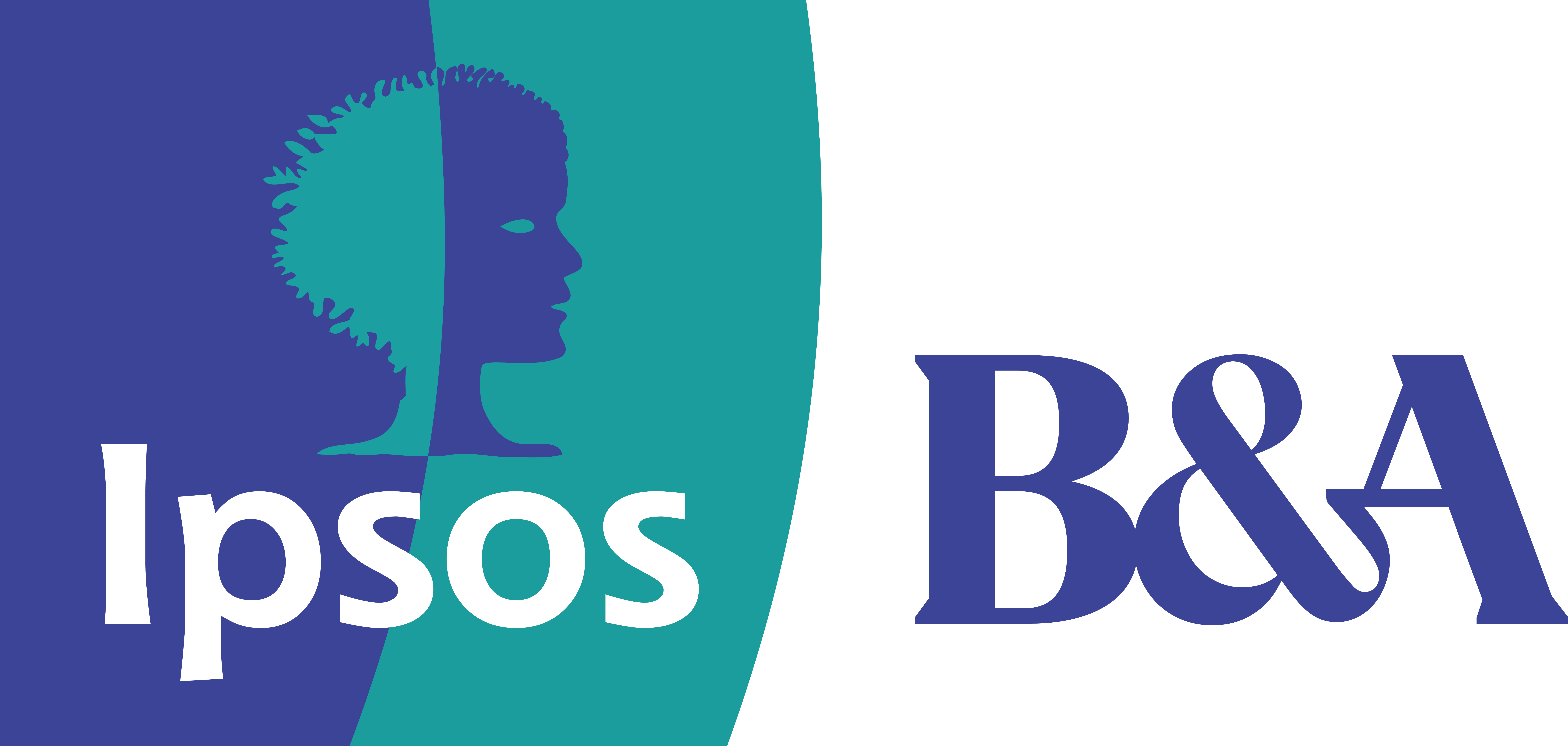New Guide to Telemedicine published for Patients
Key Figures:
21% of the population had used telemedicine by October 2020%, increased from just 4% in March 2020
Of those, 68% used telephone consultations, the remaining used video consultations
19% have been for COVID consultations
11% consultations for cold/flu – reduction from 32% in March 2020
26% of consultations were for repeat prescriptions
6% of consultations were for sick notes, reduced from 10% in March 2020
52% of those who used telemedicine in the last 12 months did so only once
80% of those who used telemedicine were either satisfied or very satisfied
Wednesday, 25th November 2020: Detailed research conducted for the Medical Council has shown a five-fold increase in the use of telemedicine since early March 2020 by the Irish public. The research was carried out by Behaviour & Attitudes (B&A).
Telemedicine is the use of technology such as telephones, websites, apps, Zoom and Skype by a registered medical practitioner, to provide healthcare services to patients.
Research completed in early March before the introduction of the first set of COVID-19 Public Health restrictions, showed that only 4% of the population had ever engaged with a telemedicine service. The impact of COVID-19 and the rapid changes in the way healthcare is delivered has resulted in an increase, with now 21% of population having now experienced telemedicine.
Slightly more than a fifth of the adult population (21%) indicate that they have used telemedicine by October. When the previous comparable research was undertaken in March, the level of usage was just 4%. Effectively there has been a five-fold increase in the likelihood of accessing telemedicine.
For older adults there is a greater likelihood of them having used telemedicine to access their own GP or specialist, whereas for younger users there appears to have been greater usage of telephone triage-type services operated by health insurers.
Many are using telemedicine for repeat prescriptions, as regular GP visits maybe unavailable at the current time.
The numbers indicating that they visit their GP more frequently are notably down since March, but most suggest that they have only used telemedicine on a limited basis.
Most of the people surveyed suggest that they will continue to use telemedicine more frequently in the future and for many it would appear to broadly address their needs, although just a third indicate that it ‘meets my care needs’.
Four out of five (80%) say that they are satisfied with the telemedicine service they have used.
A majority suggest that they are likely to use telemedicine more frequently in the future (55%), with a fifth (21%) saying that they are unlikely to.
Those who say that they are less likely to be frequent users tend to be older, from less affluent backgrounds and female moreso than male.
Perspectives of telemedicine are broadly very positive, with up to half respondents happy that they don’t have to attend a particular practice and exactly half indicating that it is more convenient for them. However only 1 in 3 agree that it necessarily meets their care needs. For 1 in 4, it connected them to doctors that they wouldn’t otherwise have been able to access.
The main benefits of telemedicine were identified as ‘ease of access’, ‘cost effective’, ‘minimises physical contact with others’ and ‘more convenient to attend via telemedicine’.
President of the Medical Council, Dr Rita Doyle, said: “This research has shown that Irish patients have adapted and changed their behaviours in light of the challenges faced by the pandemic. Doctors have also had to rapidly adapt to meet the care needs of their patients with doctors around country going above and beyond the normal in such a difficult time for the country.”
“The significantly high rates of satisfaction levels amongst those who have had a telemedicine consultation, along with many with doctors who are new themselves to the provision of care via telemedicine, reflects very positively on the professionalism and dedication of doctors in Ireland,” concluded Dr Doyle.
The Medical Council has also produced a guide to help patients understand what is involved in a telemedicine consultation. It explains how such consultations work, what they can expect from a telemedicine consultation with a doctor and what patients can do in preparation for the consultation to help ensure the doctor can provide the appropriate care. The guide can be downloaded on the Medical Council website, www.medicalcouncil.ie.
Chairperson of the Medical Council’s Working Group on Telemedicine and member of the Medical Council, Mr Paul Harkin, stated: “For many patients and doctors too, the shift to delivering patient care via telemedicine came almost overnight.
“It has been a learning curve for both doctors and patients alike, and although it will never replace a face-to-face consultation, telemedicine will play a greater role in the delivery of patient care in various formats going into the future.
“The Medical Council telemedicine booklet launched today answers key questions for patients about telemedicine consultations and the types of doctors a patient can meet”, concluded Mr Harkin.
ENDS
For further information please contact:
Alan Gallagher, Head of Communications and Stakeholder Engagement, Medical Council
Notes to Editor:
- Media Photograph available from Julien Behal Photography or on request
- Research was carried out by B&A as part of an online survey of 992 adults from 21st – 30th October, 2020
- The March research was carried out by B&A as part of face-to-face survey of 1,016 adults undertaken between February 27th and 10th March 2020


